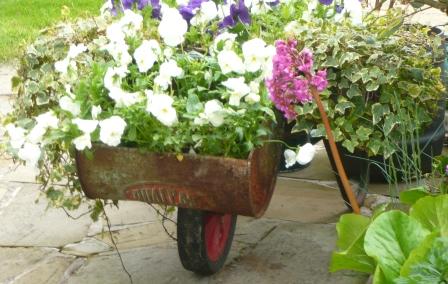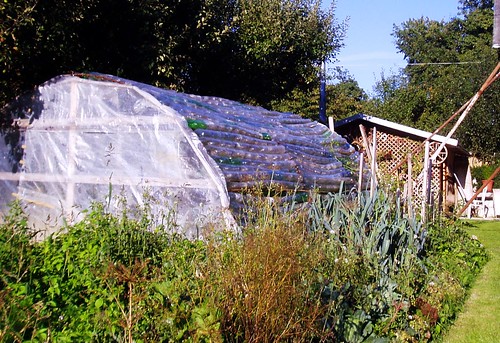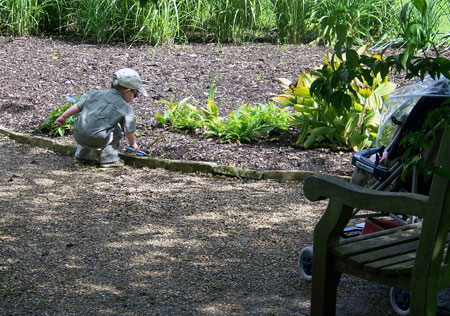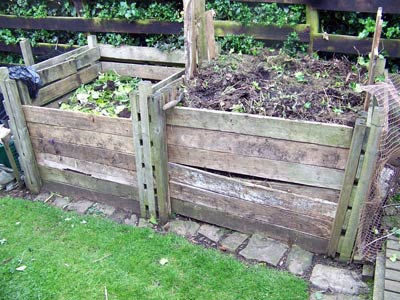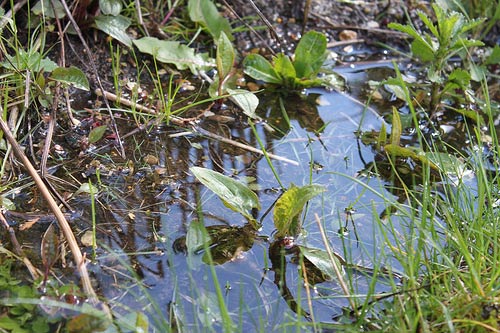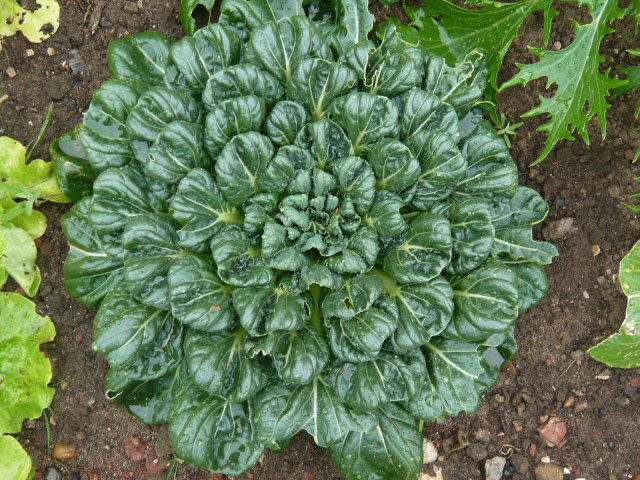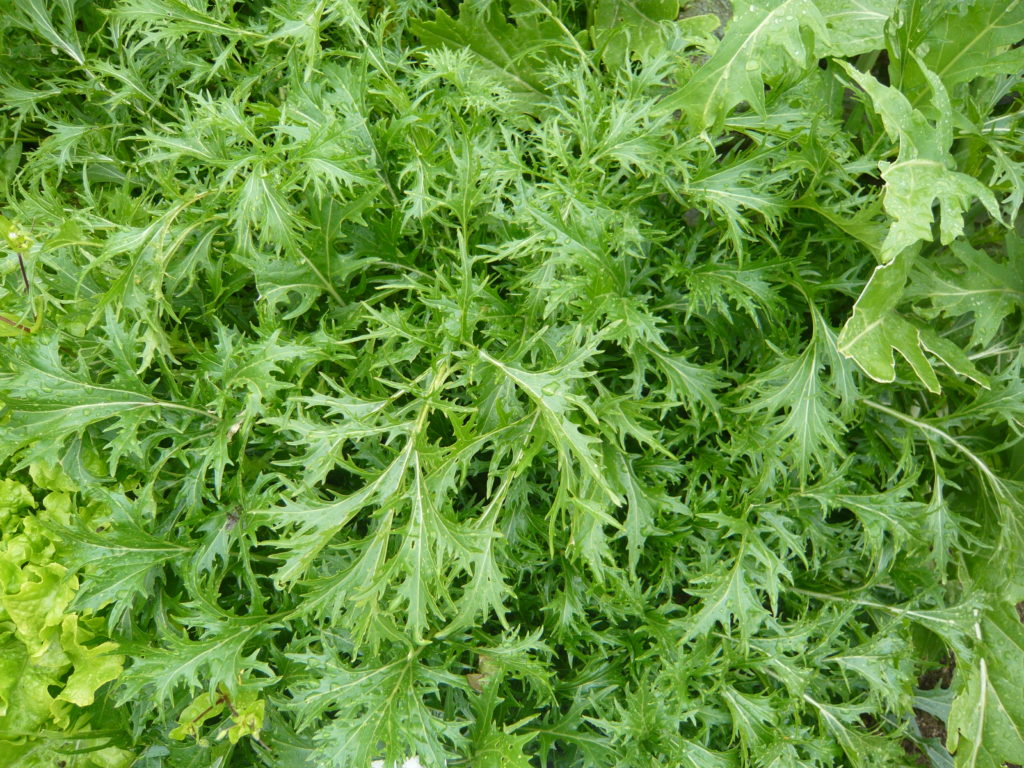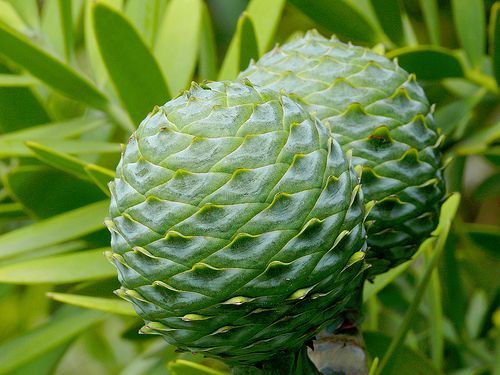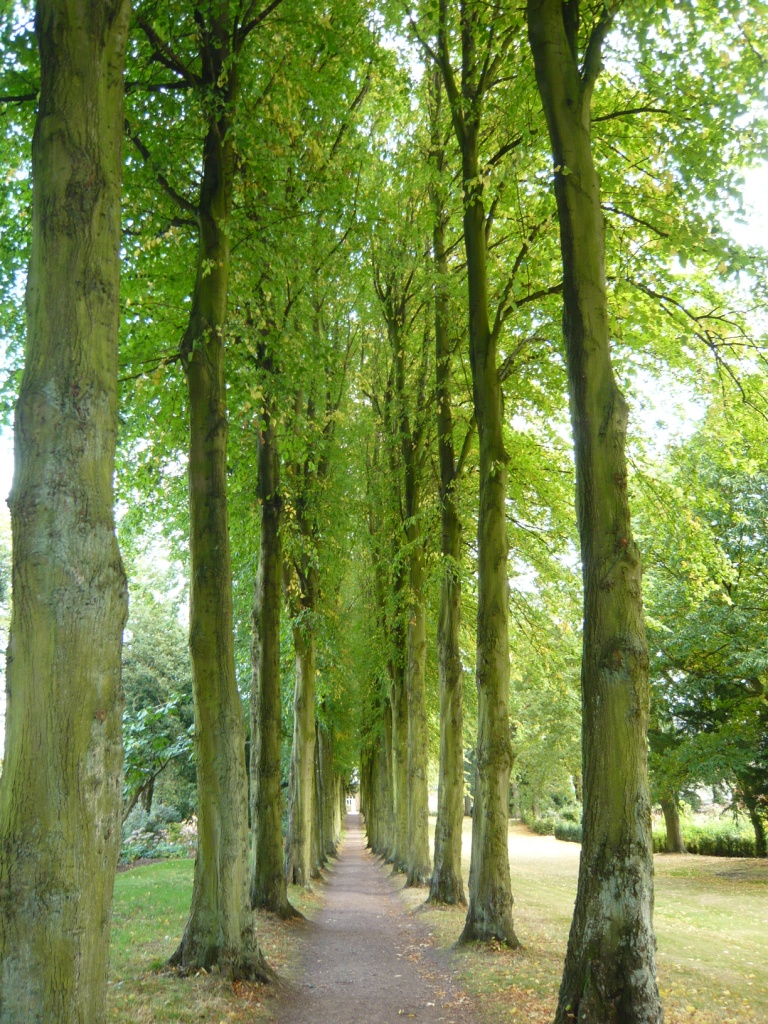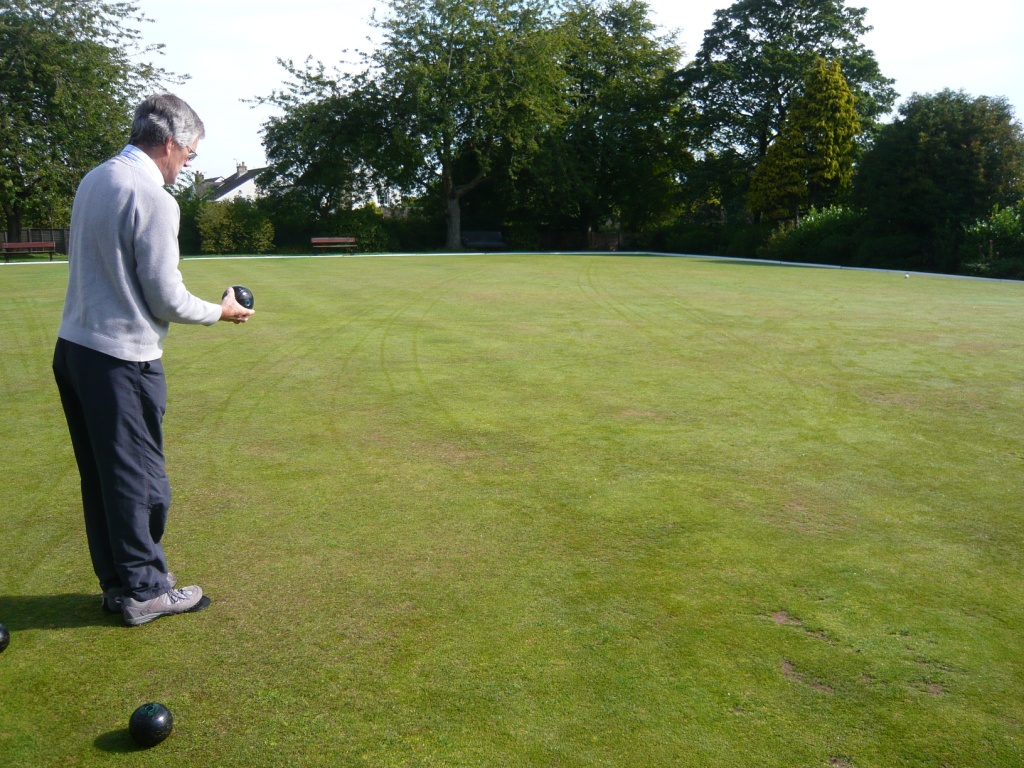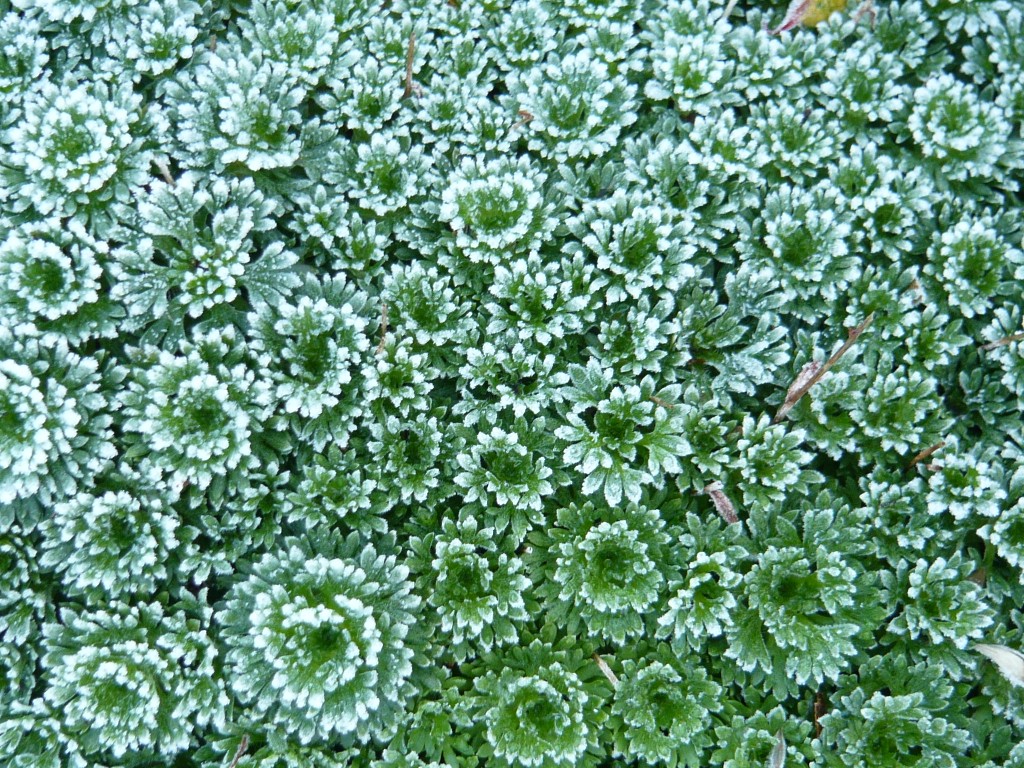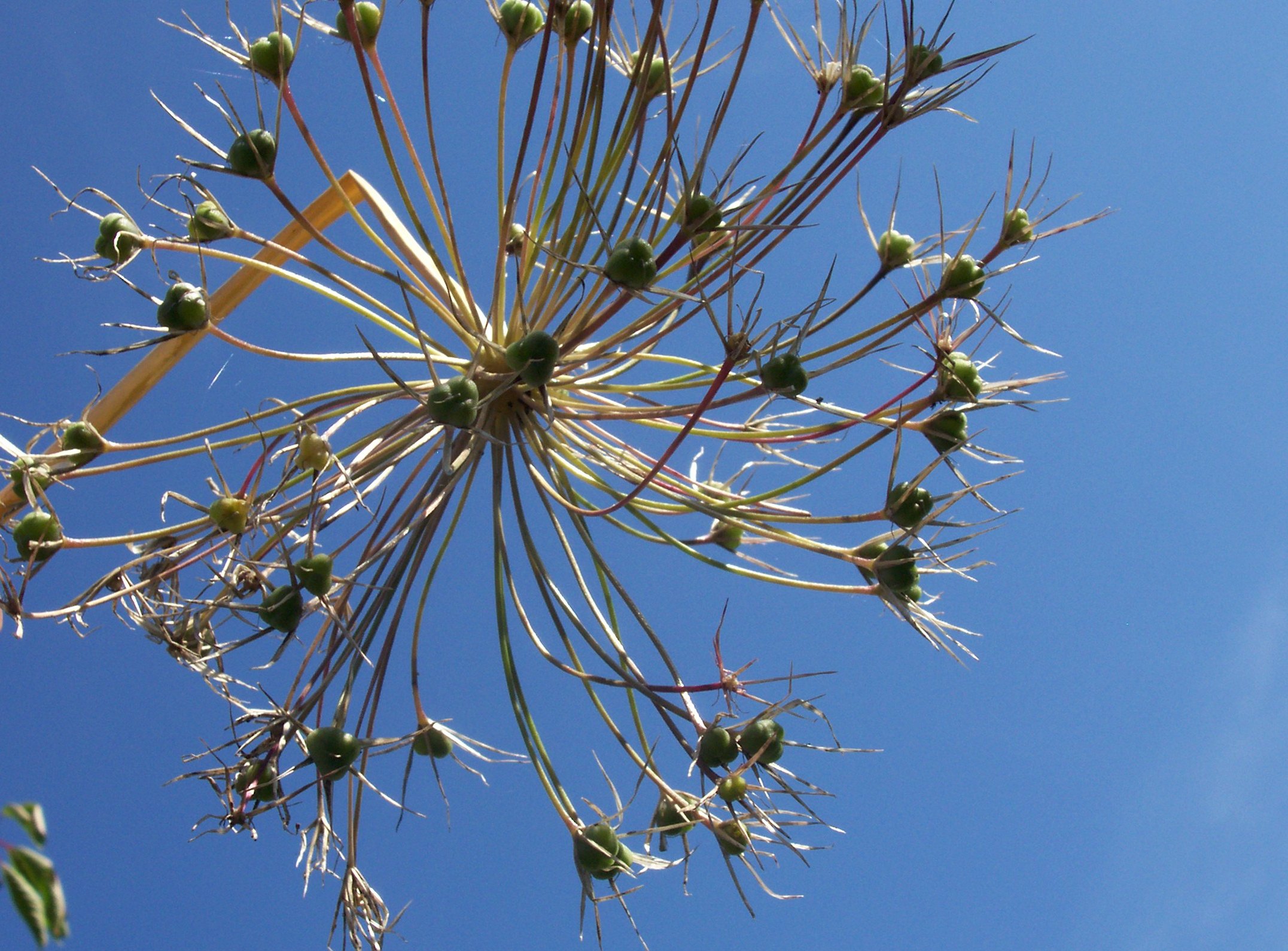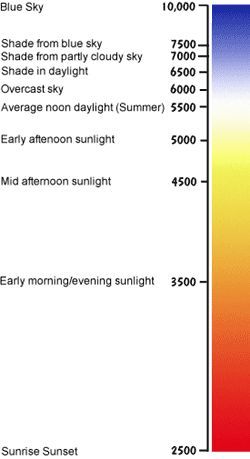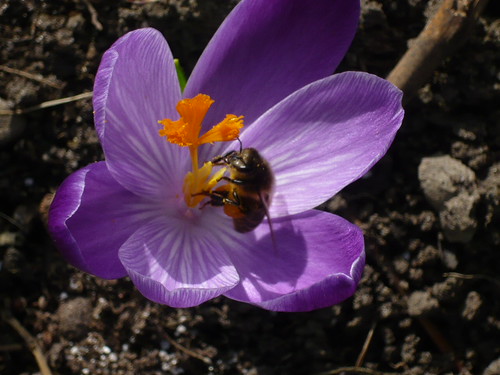Reduce, Reuse, Recycle, Repurpose in the Garden
Now part of this garden is down to crazy paving the Qualcast grass box is needed less and can be put to a different use. It looks like a ‘unibarrow’ has got in on the act to make a feature planter for these pansies.
Being green is second nature to Gardeners because we are so near to nature so reuse, reduce and recycle is part of our DNA.
Tips to help you reuse old tools
- Sharpen blades, even on old spades, with a whet stone – angle the blade at 5-10° and push and pull across the stone – 5 times should be enough
- Bind the handles of old tools with bright insulating tape so you can find them easily.
- Look at car boots and secondhand sales for special tools that you will only use occasionally. I got an Onion hoe this way.
- Put on a new handle or repurpose a tool so it can do an easier task. An old hand fork can be given a long handle for light digging without bending.
- Go to a hire shop and reuse their tools
- Old tools are often very well made and it is worth the effort of having them repaired professionally. If they have lasted a long time it is a sign they are fit for purpose.
- Remember the 70 year old spade that had 10 new handles and 3 new blades.
Other Re-Tips
- I get most of my many gardening books from charity shops and I recycle them there too.
- I reuse garden center pots for seedlings and growing-on but would prefer more compostable materials to be used by suppliers.
- Good gardeners recycle old plants via cuttings, seed collecting and splitting of clumps.
- Buy locally grown plants as they will suit the local conditions and don’t come with exotic airmiles
What to Reduce in the Garden
- Make low maintenance areas and reduce the labour you need.
- With the right plant selection you will also reduce the amount of chemicals required.
- Reduce the need for water by clever garden design
- Reduce your carbon footprint. Grow dense hedges and trees to capture carbon.
Credit
Recycled greenhouse by scrappy annie CC BY-NC 2.0 ‘A greenhouse spotted in Stropkov, Slovakia a few years ago.
It was made from recycled plastic bottles, strung on to wires. A brilliant idea….’
Cooking Green: The Essential Guide to Reducing Your Carbon Footprint in the Kitchen by Kate Heyhoe
